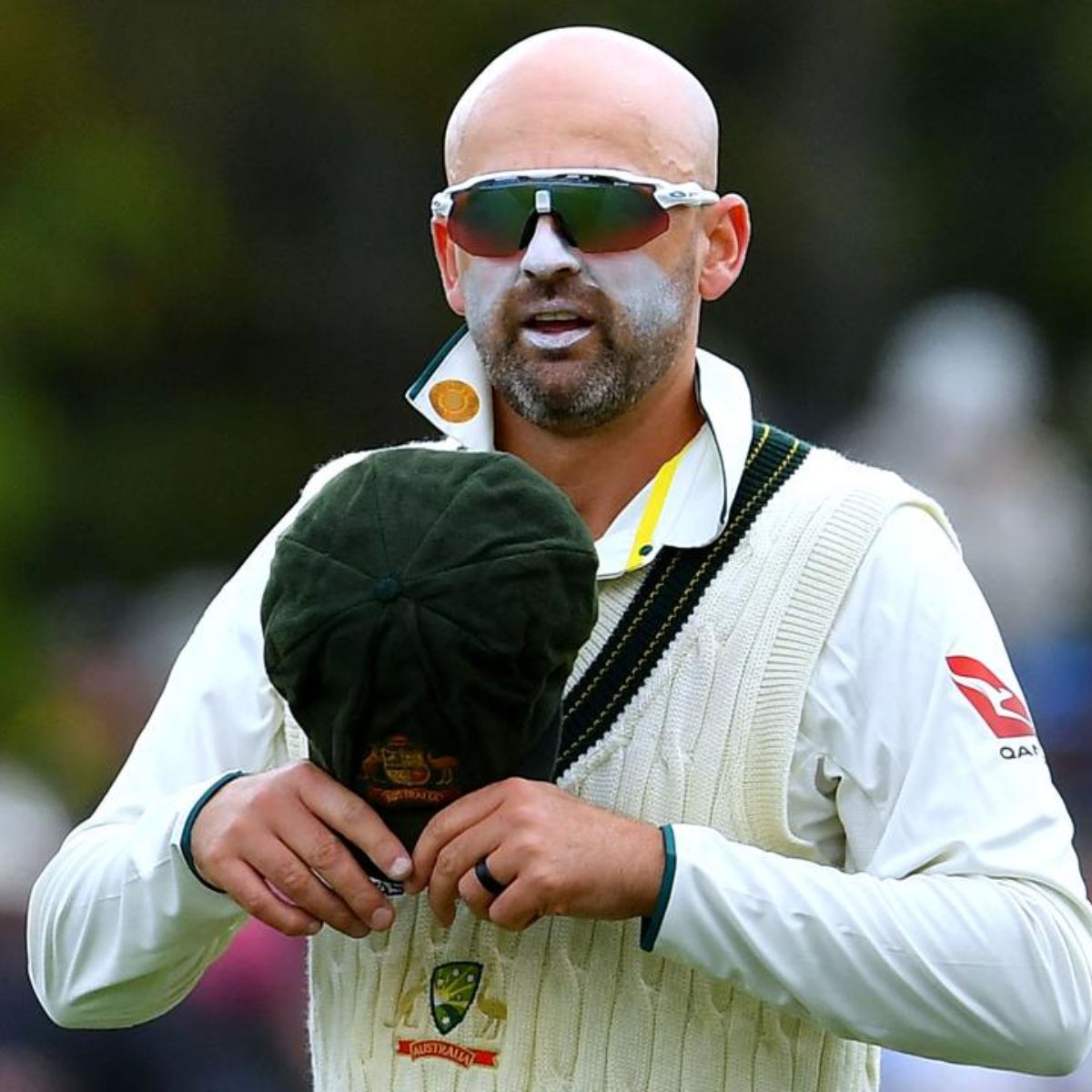He isn’t Yoshinobu Yamamoto, but he can provide help to the pitching staff.

Luke Weaver was designated for assignment by two different MLB teams in 2023. The Reds, whose rotation had a 5.43 ERA in 2023, decided they’d be better off without him on Aug. 16. He caught on with the Mariners a few days later, making five total appearances before being cut loose on Sept. 10.
Then the Yankees came calling. They claimed Weaver off waivers on September 12, placed him on the active roster, and gave him three starts as the team abandoned their playoff hopes. He became a free agent following the World Series, seemingly ending his Yankee tenure.
But something seemed to click for Weaver in those final three starts, at least enough for the Yankees’ front office to bring him back on a one-year, $2 million deal on Thursday. Over 13.1 innings against the Pirates, D-backs, and Blue Jays, Weaver posted a 3.38 ERA, and struck out 28.1% of the batters he faced — a huge improvement over his marks with the Reds and Mariners.
This is all well and good, but a 13.1-inning sample is likely not what convinced the Yankees to give him another shot. Instead, it’s the change in process that contributed to the success that pitching coach Matt Blake and the rest of the Yankees’ brain trust think that they can work with.
In a June 23 start against the Braves, while still with the Reds, Weaver decided to try something new. He abandoned his slider, which had been getting demolished to the tune of a .377 batting average and .679 slugging percentage, and introduced a cutter and sweeper.
Unfortunately for Weaver, that day was not his day. He got walloped for seven hits and five runs across 3.1 innings, and raised his season ERA to 6.86. But his lack of success in that outing didn’t cause him to go back to his old repertoire. Instead, he continued experimenting, working in the cutter and sweeper more and more in hopes of gaining comfortability with the two pitches.
It was likely the cutter that got the Yankees’ attention. It spun a bit more than his slider did, but more importantly, it was getting results. In August, batters whiffed on it 30% of the time, and Weaver had made it his second most used pitch behind his four-seamer.
So, in that first Yankee start against the Pirates in Pittsburgh, he just threw the heck out of it — 34 out of the 74 pitches he threw were cutters, marking a 45.9% usage rate that was his highest yet. Pirates hitters took nine of them for strikes, swung and missed at three of them, fouled off another eight, and hit four of them either softly or into the ground. Only one out of 34 was hit hard in the air over Weaver’s four innings of three-run ball, a result that the Yankees were likely happy with.
Even though Weaver didn’t use the cutter as much in his next two starts with the Yankees, he proved that it could be a reliable second weapon to turn to when his four-seamer failed him. He threw 43 cutters over those final two starts of 2023, getting batters to whiff at nine of them.
But whiffs aren’t the only thing Weaver’s cutter is good for. D-backs hitters didn’t swing and miss at a single one of Weaver’s 22 cutters on Sept. 22, yet he managed to twirl 5.1 shutout innings against a team that would win a World Series game.
Weaver instead used the cutter to generate soft contact, coaxing two lazy fly balls, a pop up, a hard ground ball, and again, just one hard hit fly ball that didn’t harm his outing or his team’s chances of winning.
In an offseason where the Yankees failed to land their top rotation target in Yoshinobu Yamamoto, and traded much of their rotation depth away in deals for Juan Soto and Alex Verdugo, a pitcher like Weaver becomes more important than ever.
Even with the addition of Marcus Stroman on a two-year, $37 million deal, Weaver provides further insurance for an oft-injured Yankees’ staff, allowing the team to turn to him first instead of overexerting one of their minor-league arms.
And if the addition and refinement of his cutter can raise his role from providing not just quantity but also quality innings, Weaver might be remembered as more than just a niche Immaculate Grid answer for his Yankees tenure.





